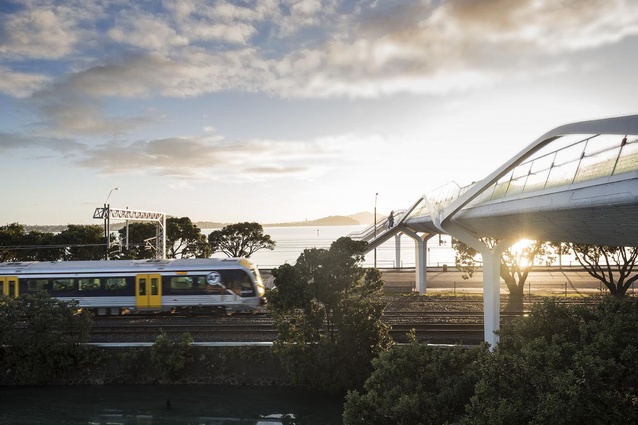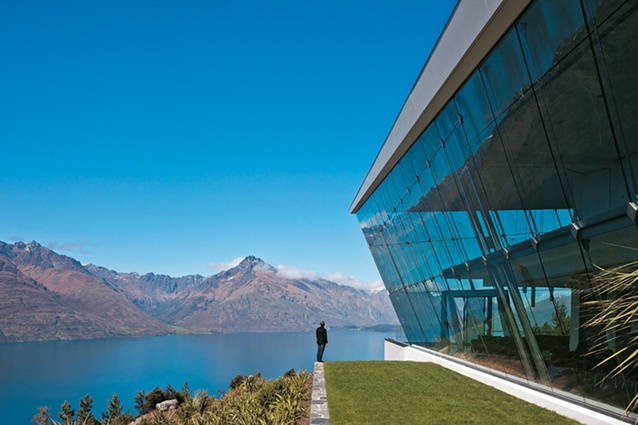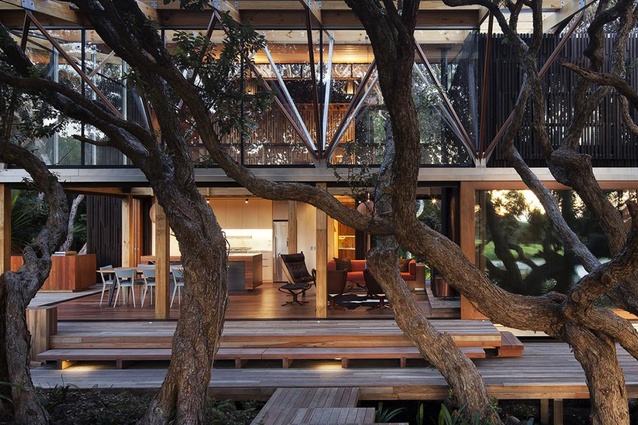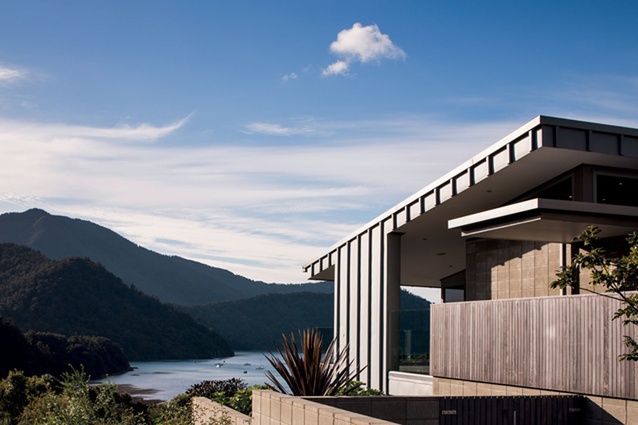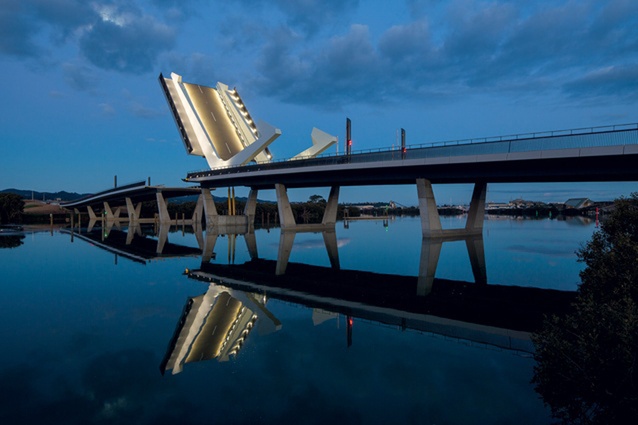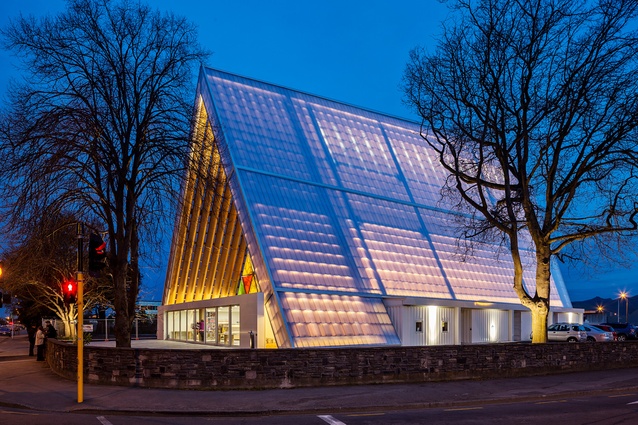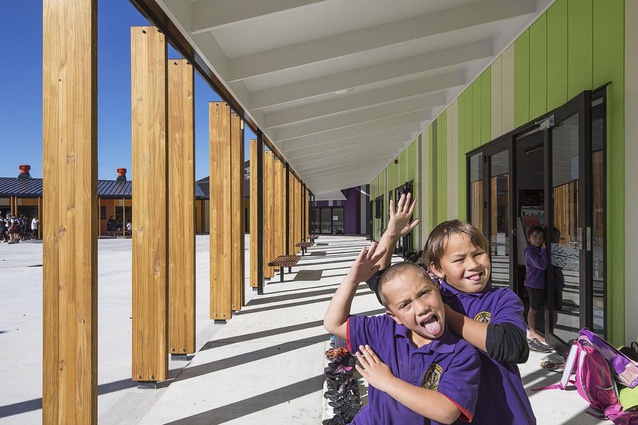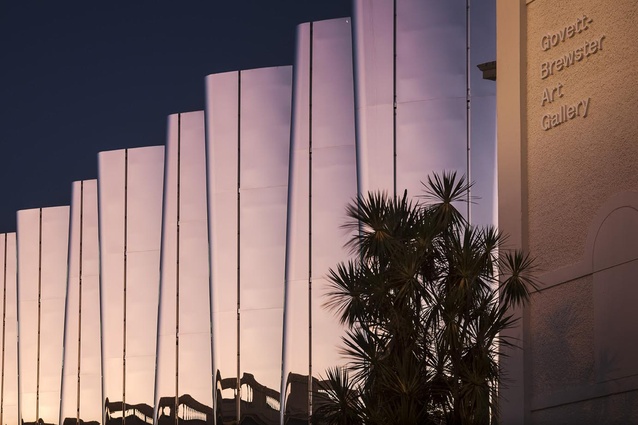Patrick Reynolds: depth of focus
Patrick Reynolds is an Auckland-based photographer, well-known for both his architectural and expressive work. He is a member of the editorial team at transportblog.co.nz and has taught urban design at the School of Architecture and Planning at the University of Auckland. He is passionate about the built environment and urban planning, and would like to see the transformation of Auckland through more "city-shaped thinking".
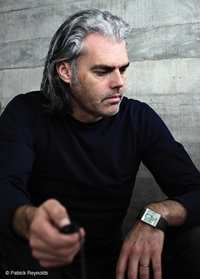
ArchitectureNow: You come from a family of architects. How do you think this informs or affects the way you view the world?
Patrick Reynolds: Family culture is formative, but then that could just have as easily lead to a boredom with the built environment, don’t you think? It doesn’t seem to have.
ArchitectureNow: What type of projects are you most passionate about photographing?
PR: Good ones. Difficult ones, ones in interesting places.
ArchitectureNow: How, besides technology, has architectural photography changed in New Zealand over previous decades?
PR: It’s more competitive, and more sophisticated.
ArchitectureNow: How does your fine arts/expressive work inform your architectural photography?
PR: I am always interested in how the camera transforms and informs the world, whatever the context: that back and forth between the image and the lived experience. But working to satisfy a client usually means the parameters for a successful outcome are more clearly defined. Personal work is harder, involves more challenges and should be more ambitious. Furthermore is it usually un[der]funded, and without deadline and of uncertain value even to yourself.
There are rewards, liberations, and frustrations in both ways of working. I find I work best when I balance the two contexts. It’s important for any practitioner to experiment and follow their heart to find what works best for them.
ArchitectureNow: What do you consider to be the most meaningful/significant work you’ve created?
PR: Not for me to say.
ArchitectureNow: What is the main advice you’d give to people starting out in the architectural photography field?
PR: Whatever the overt subject it is the same process with the same genius in the machine. In my case, for better or worse, I am passionate about the built environment so that is a natural place for me to take my curiosity for image making. It is not always a straightforward business finding the subject you are most passionate about, and it needs to be sincere, from the heart.
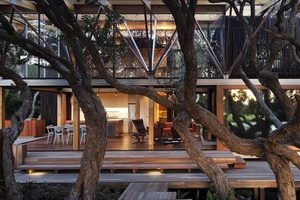
And, of course, you aren’t the first, so try also to find out what it is you can bring through your medium to this subject; your own voice. You also need to ask is this interesting: for example the world is already full of a lot of pretty ordinary nudes.
Often the best work comes from a problem, a difficulty, breaking a rule, or not being able to do it right. So finding your difficulty matched with a passionate curiosity is perhaps the defining aim for anyone starting out. I took a long time to settle here and am still pretty restless about it; I need to go off and test other things at times, but that serves to keep it fresh I think.
ArchitectureNow: What would you say to the statement that ‘architectural photography creates images and expectations of buildings that surpass the reality’?
PR: That’s its role. There is always a tension in architecture between building as practicality and building as imagined ideal, and it is to the latter that photography most powerfully and usefully addresses itself. Practically of course each building precedes its photography, but then architecture, in as much as images inform its imaginative construction, relies on the more ethereal world of the image too. So we can say that each creates the other; it is an exchange.
I prefer to go further and say no building, in all seriousness, is completed until it is photographed. This enables it to re-enter that more ideal realm of the image. If the poet can be described as having the job of making the abstract concrete, then the photographer can be thought of as working the other way; rendering the concrete abstract. None more literally perhaps than the architectural photographer!
ArchitectureNow: How did you get involved with the Transport Blog? What part of the role is the most challenging?
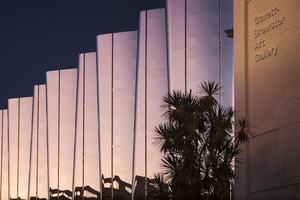
PR: I first got involved with transportblog as I was trying to increase my understanding of cities, especially at the level beyond individual buildings, and practically so with the particular interest in our very clear failures in Auckland. Architecture shapes our experience of the city but at the same time is hostage to other forces; geography, technology, economics, regulation, fashion, policy, culture and so forth. I am passionate about improving Auckland; I see this little city at the bottom of the world as full of great possibility that we seem to have got into a terrible habit of avoiding with impressive efficiency.
And the internet now offers a truly effective way to influence through old fashioned tools such as evidence, argument, and rhetoric. In that sense it isn’t anything new, but it does offer tremendous reach if people agree with what you are saying, and it seems that they do. It also offers a powerful way of joining forces with other like-minded but busy people; output is generated in a dispersed way. But now the unpaid advocacy business is succeeding almost too well. It is extremely rewarding but also requires a constant effort to stop it taking over. The family needs to eat.
ArchitectureNow: What do you most enjoy about teaching urban design at the University of Auckland? And the least?
PR: The students and colleagues are great, along with the luxury of being able to think properly about urban form; the biggest problem is finding the time [after doing it for 3 years straight, I’m not there this year].
ArchitectureNow: What do you think is Auckland’s biggest urban planning issue right now?
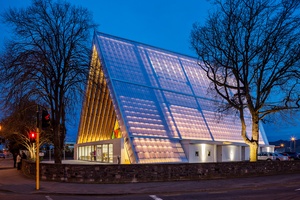
PR: The interrelationship between land use and infrastructure is the high altitude answer to that question. In practice, that means significantly changing what infrastructure we choose to build and how we restrict more urban forms of land use. We currently legislate and invest for more of what we already have a lot of: low density suburbia and single occupant vehicles. This is doubling down on last century’s form, and is hugely expensive to maintain, inefficient, and keeps us uncompetitive. And it plays a role in the clearly evident housing market failure.
For Auckland, to paraphrase Homer Simpson: ‘ah, Transport Infrastructure Investment; the solution to, and the cause of, all of our problems’. In other words it is extremely clear that simply by redirecting a good chunk of the huge sums currently spent on transport much could be achieved at many levels to truly unlock the tremendous potential in this city. Both directly in terms of access, choice, and efficiency of movement, but particularly in terms of place quality.
For example, what is good about the built environment above the ground at Britomart is entirely dependent on what we built first below it. More transformational investment and less ‘business as usual’ is required urgently in our only city of scale: more city-shaped thinking, for this now city-sized place. This is key to adding a vibrant urban services economy to our primary produce sector. All of New Zealand needs Auckland performing at its best.
ArchitectureNow: Does your work with the Transport Blog and tutoring at Auckland University influence your architectural photography? And does it work the other way around?
PR: My experience photographing and looking hard at the built environment certainly led me to the engagement with the technicalities and politics of our cities through the blog, teaching, and advocacy. Has this changed my photography? What I have learnt through these engagements has certainly changed how I see the city.

